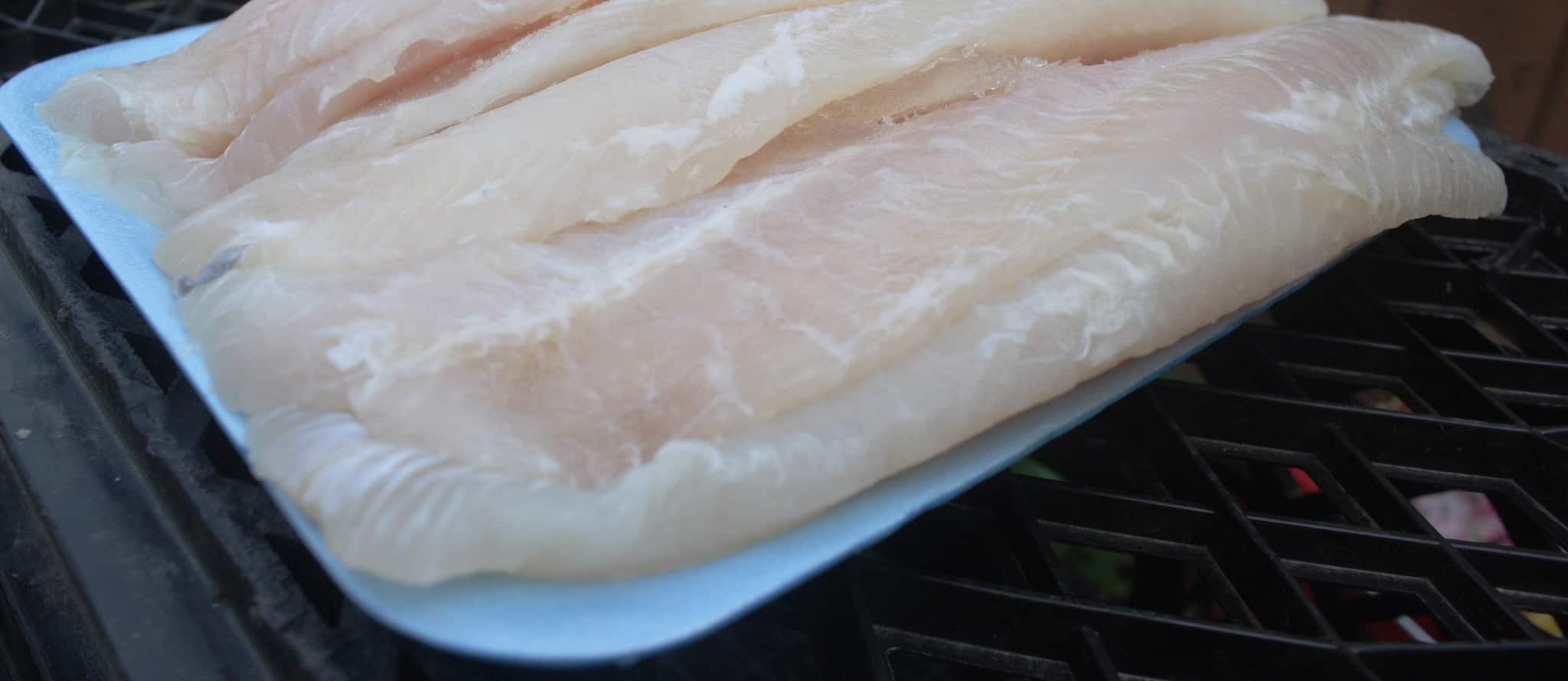The so-called “meat glue enzyme” transglutaminase is used by the meat industry to add value to meat by gluing together smaller scraps into a larger chunk. And it’s not just used to make fake steak—the American Meat Institute estimates that it’s used in about “eight million pounds of meat every year in the United States.” Transglutaminase can be used to cross-link pieces of any type of meat, fish, or meat product, and hence can be used to produce large chunks of virtually intact looking meat or fish out of small meat or fish cuttings. When researchers actually tested for transglutaminase in 20 samples of meat from the supermarket, they found meat glue in only two of the samples—in a sample of salmon and a sample of turkey (See Is Meat Glue Safe?)
Where does meat glue come from? For decades, the sole commercial source of transglutaminase was from the livers of guinea pigs. Now it can be sourced much cheaper. However, the future of meat glue remains uncertain because of “communication difficulties.”
One of the reasons the industry uses meat glue enzymes is because, “restructured meat can be made from underutilized portions of the carcasses.” For example, you can get away with adding up to 5% tendons to beef, and some people can’t tell the difference.
This has raised food safety concerns. There is a “risk that otherwise discarded leftovers of questionable microbial quality could find their way into the reconstituted meat.”
One can actually take a microscope and see introduced E. coli O157:H7 along the glue lines where meat pieces were enzymatically attached, which shows that the restructuring process can translocate fecal matter surface contamination into the interior of the meat.
Furthermore, people who have problems with gluten may develop problems when ingesting meat treated with the meat glue enzyme, since it functions as an auto-antigen capable of inducing an autoimmune reaction. (Many gluten reactions may not actually be to gluten, though. See my video Is Gluten Sensitivity Real?).
Some meat additives, however, may actually improve food safety. See Meat Additives to Diminish Toxicity, Viral Meat Spray and Maggot Meat Spray.
More on E. coli O157:H7 in my video, Meat May Exceed Daily Allowance of Irony. For those interested in the politics of this “Jack-in-the-Box” strain, see my blogs E. coli O145 Ban Opposed by Meat Industry and Supreme Court case: meat industry sues to keep downed animals in food supply. From a population perspective, the E. coli in chicken is more of a concern. See my video Avoiding Chicken To Avoid Bladder Infections.
-Michael Greger, M.D.
PS: If you haven’t yet, you can subscribe to my videos for free by clicking here and watch my full 2012 – 2015 presentations Uprooting the Leading Causes of Death, More than an Apple a Day, From Table to Able, and Food as Medicine.
